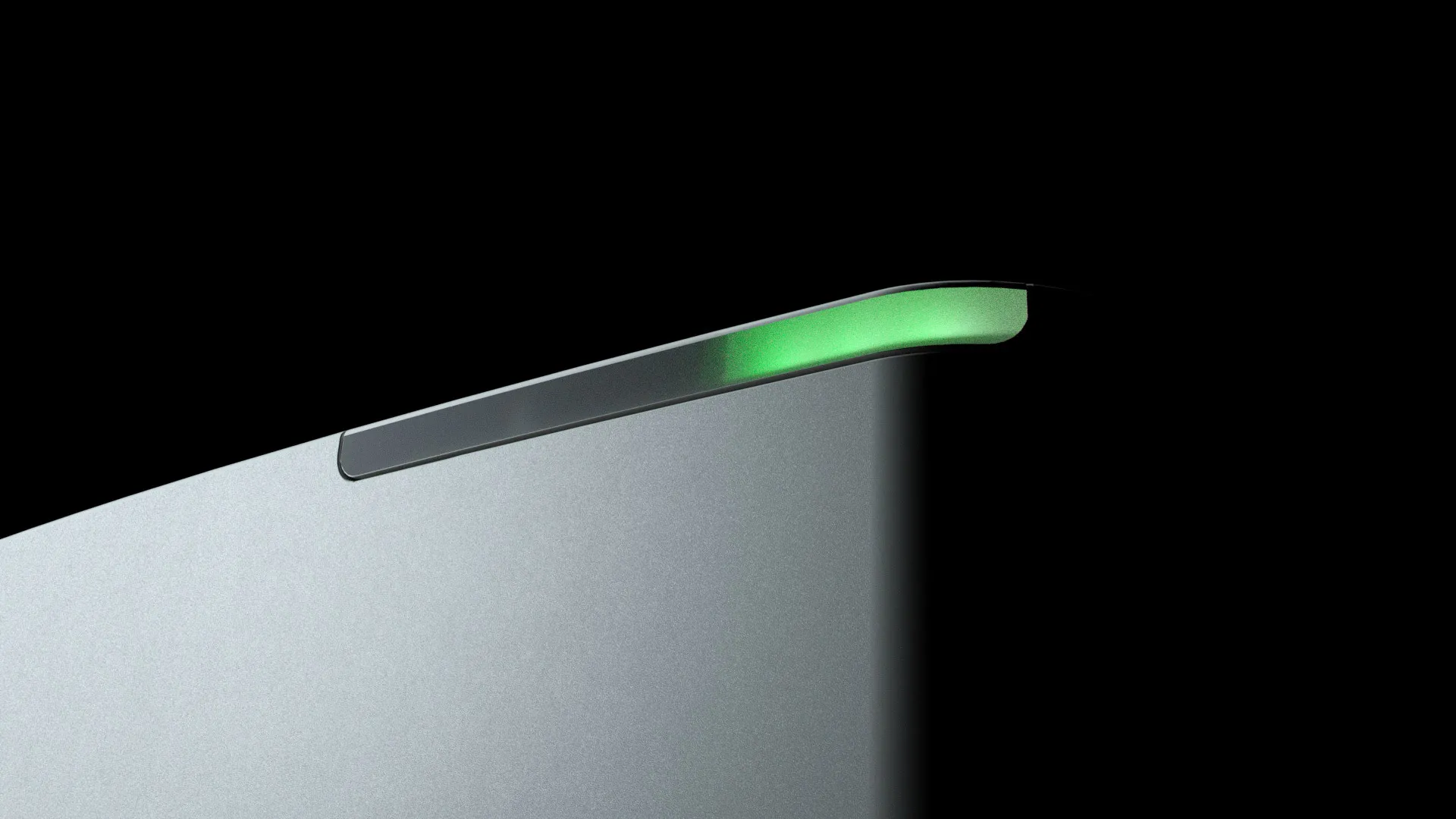
HaLCon: Accurate, actionable titer data in minutes, not days
How Automated, Real-Time Titer Measurement And Monitoring Is Advancing Bioproduction Across Multiple Applications

HaLCon is a purpose-built liquid chromatography system specifically designed to rapidly measure protein titer in a bioprocessing environment - with results that correlate to HPLC.
The bioprocessing industry is seeing a shift towards increased titer concentrations in drug development, leading to the need for more accurate and timely measurement technologies. Experts agree that advancements in real-time titer measurement and monitoring in bioproduction are proving to be a game-changer for maximizing output and minimizing cost in bioproduction.
Real-time data enables faster decision-making and optimization, crucial for both batch and continuous manufacturing. HaLCon, with its accuracy, ease of use, and enhanced throughput capability facilitates process control and accelerates product development cycles.
Upcoming Events:


HaLCon: Accurate, actionable titer data in minutes, not days
How Automated, Real-Time Titer Measurement And Monitoring Is Advancing Bioproduction Across Multiple Applications
How Automated, Real-Time Titer Measurement And Monitoring Is Advancing Bioproduction Across Multiple Applications
HaLCon is a purpose-built liquid chromatography system specifically designed to rapidly measure protein titer in a bioprocessing environment - with results that correlate to HPLC.
The bioprocessing industry is seeing a shift towards increased titer concentrations in drug development, leading to the need for more accurate and timely measurement technologies. Experts agree that advancements in real-time titer measurement and monitoring in bioproduction are proving to be a game-changer for maximizing output and minimizing cost in bioproduction.
Real-time data enables faster decision-making and optimization, crucial for both batch and continuous manufacturing. HaLCon, with its accuracy, ease of use, and enhanced throughput capability facilitates process control and accelerates product development cycles.
Upcoming Events:


Frequently Asked Questions
Can HaLCon also control the process, such as cooling down or emptying the fermenter when a specific threshold is reached? Or is it solely for monitoring purposes?
HaLCon is purpose-built for measuring protein titer, nothing else. A sample is added either manually or via an autosampler and HaLCon provides a concentration. HaLCon is compatible with multiple autosamplers, including the Flownamics Director, which may be able to automate the sampling from a bioreactor.
Does HaLCon have a built-in filter or a separator?
HalCOn does not have a built-in filter for removing samples, that must be done before loading the sample.
Does HaLCon require any connections, e.g. water or gas, in addition to a power connection?
Nothing else but a power connection is needed.
How must the sample be prepared for HaLCon?
The sample needs to be filtered through a 0.2 µm or 0.45 µm filter to ensure it is free of cells and cell debris. Alternatively, the sample can be spun down and the supernatant sampled with a syringe. Users doing this need to be careful not to stick the syringe too deep in the centrifuge vial. For users familiar with HPLC, the sample can be prepared as if it were being run on HPLC because HaLCon uses a similar column and pre-column filter.
How does HaLCon react to other Immunoglobulins and other impurities?
The Tridex uses a Protein A media. Anything not bound to the Protein A passes through the column to waste.
What is the HaLCon "trap-and-elute technique" and how does it work?
Trap and elute means the analyte (IgG) is fully captured on the column, everything else passes through, then the analyte is released and the detector sees one peak. In terms of flow it differs from traditional liquid chromatography in that there is no gradient, just 100% reagent A to capture or trap IgG, then 100% reagent B to elute.
How much sample material or sample volume is required to run HaLCon?
We recommend 100 µL per sample. If you have a lower desired sample volume, please contact us and one of our experts can help evaluate the feasibility of the proposed sample volume.
How do you ensure that no cells from the fermenter enter the HaLCon measuring device?
Samples should be spun down, and care should be taken to not disturb any pellets or to remove the entire sample from the centrifuge tube. Alternatively, the samples can be filtered through a 0.2 µm or 0.45 µm filter.
What type of pump is used (traditional binary HPLC pump, peristaltic pump) for HaLCon?
HaLCon uses displacement/dispense pumps. They work like a syringe pump except they are composed of more durable materials for longer, maintenance-free use. Since HaLCon uses low-pressure Liquid Chromatography, the maximum pressure recommended is 200-250 psi.
How can the user determine if the sample purification is functioning correctly when using HaLCon?
The best way to validate performance is by running a control sample of known concentration and verifying that the correct concentration value is returned by the software.
What type of maintenance is required for HaLCon? And, will this maintenance be performed during a yearly PM?
No regular maintenance is required beyond changing the reagent pack and analysis module every 3 months or after running 1,000 samples, whichever comes first. It is recommended to run a flush before running samples if the system has been idle for a few days.



